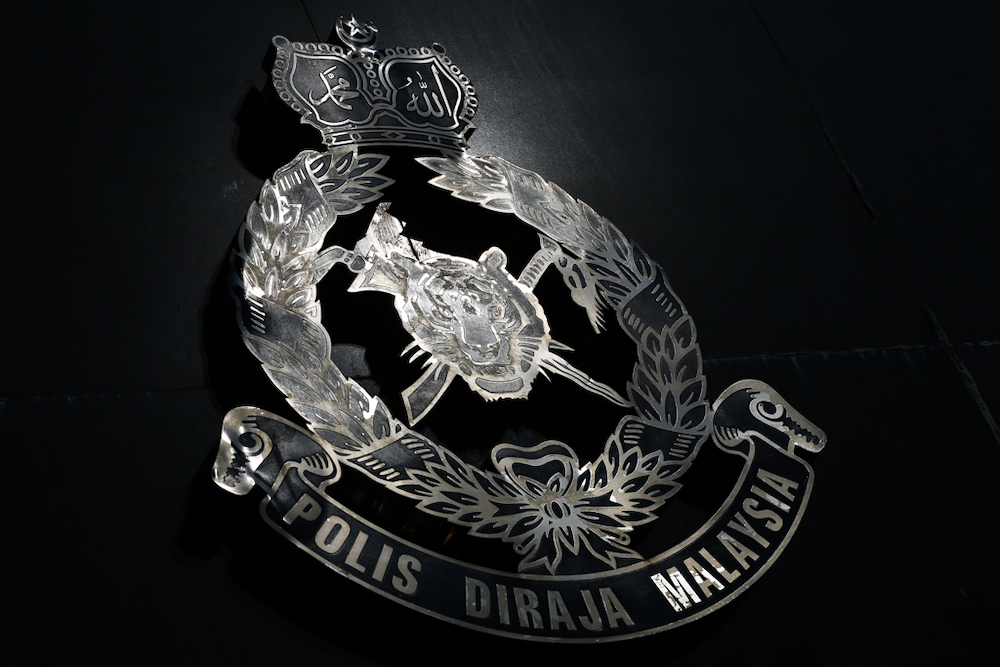ADVERTISE HERE
“Intellectual property is the oil of the 21 century. Look at the richest men a hundred years ago; they all made their money extracting natural resources or moving them around. All of today’s richest men have made their money out of intellectual property,”
– Mark GettyThe recent discussions surrounding the use of the Malaysia Games (SUKMA) XXI Sarawak 2024 logo and mascot have highlighted an essential aspect of intellectual property rights and their intersection with public and commercial interests.
The situation unfolded when the Sarawak Multimedia Authority (SMA) issued a statement suggesting that media organisations need permission to use the logo and mascot in their publications.
This directive was quickly clarified, with the Youth, Sports and Entrepreneur Development Minister Datuk Seri Abdul Karim Rahman Hamzah emphasising that such restrictions were not applicable to media entities but rather to commercial uses.
“It must not be reproduced or plagiarised unless permission has been given—SUKMA’s logo, mascot, etc, have been registered under Copyright Act 1987 (Act 332).
“Therefore, I hope those out there will not plagiarise or make their own merchandises and profit from it.
“If they want to do so, they will have to ask permission from the organiser first,” he told reporters after a press conference on Borneo Sonic Music Festival 2024 on Wednesday (July 31).
The initial confusion arose from SMA’s caution against unauthorised use of the logo and mascot, which are registered under the Copyright Act 1987 (Act 332).
This law grants organisers the exclusive right to reproduce and use these symbols, crucial for maintaining control over their brand and ensuring that it is not misappropriated for profit without authorisation.
Such measures are standard practice in large-scale events, where logos and mascots become valuable assets.
However, the line between media coverage and commercial use can sometimes blur, leading to misunderstandings.
Abdul Karim clarified that media organisations are encouraged to use the logo and mascot in their reporting as it promotes the event and its cultural significance.
He reiterated that the restrictions were mainly aimed at preventing unauthorised commercial use, such as producing merchandise like mugs or t-shirts, which would directly profit from the event’s branding without appropriate permission.
“The media is a different story where we would love for them to provide exposure on SUKMA, not to tie them down. I believe the media are using the logo and mascot not to promote the merchandise but more on providing news coverage,” he said.
This distinction is critical in understanding the broader context of intellectual property rights.
While the media serves a public interest by disseminating information and promoting cultural events like SUKMA, businesses or individuals seeking to capitalise on the event’s popularity must adhere to copyright laws.
These laws ensure that the creators and organisers of such events retain control over their intellectual property and can benefit from its commercial use.
SMA’s swift response to the confusion reflects a broader concern with protecting intellectual property rights.
They stressed that unauthorised use, including reproduction, distribution, and display of the logo and mascot without consent, would result in legal action.
This stance highlights the importance of respecting the legal frameworks that protect intellectual property, which is often a significant investment for event organisers.
For the public and businesses, this situation serves as a reminder of the importance of seeking proper authorisation before using trademarks or copyrighted materials.
Unauthorised use not only infringes on the rights of the owners but can also lead to legal consequences, which can be costly and damaging to the infringer’s reputation.
In the case of SUKMA XXI Sarawak 2024, the event organisers have clearly delineated the boundaries between permissible use by media for promotional purposes and restricted commercial exploitation.
This approach balances the need to promote the event and the rights of the organisers, ensuring that they retain control over the commercial benefits associated with their branding.
As we approach SUKMA XXI, this episode also offers an opportunity to reflect on the broader implications of intellectual property rights in today’s media and commercial landscape.
With the rise of digital platforms and the ease of reproducing content, respecting intellectual property has become more critical than ever.
It is not merely a legal obligation but also a matter of ethical business practices.
For event organisers, the key takeaway is the importance of clear communication and enforcement of intellectual property rights.
For media organisations and businesses, it is crucial to understand the limits of permissible use and to seek authorisation where necessary.
This mutual respect ensures that events like SUKMA can be celebrated widely without infringing on the rights of those who bring these events to life.
As such, the dialogue concerning the SUKMA XXI Sarawak 2024 logo and mascot serves as a microcosm of the broader issues surrounding intellectual property rights.
It highlights the need for clarity, respect, and cooperation between various stakeholders, ensuring that sporting events are both protected and promoted effectively.









 English (US) ·
English (US) ·